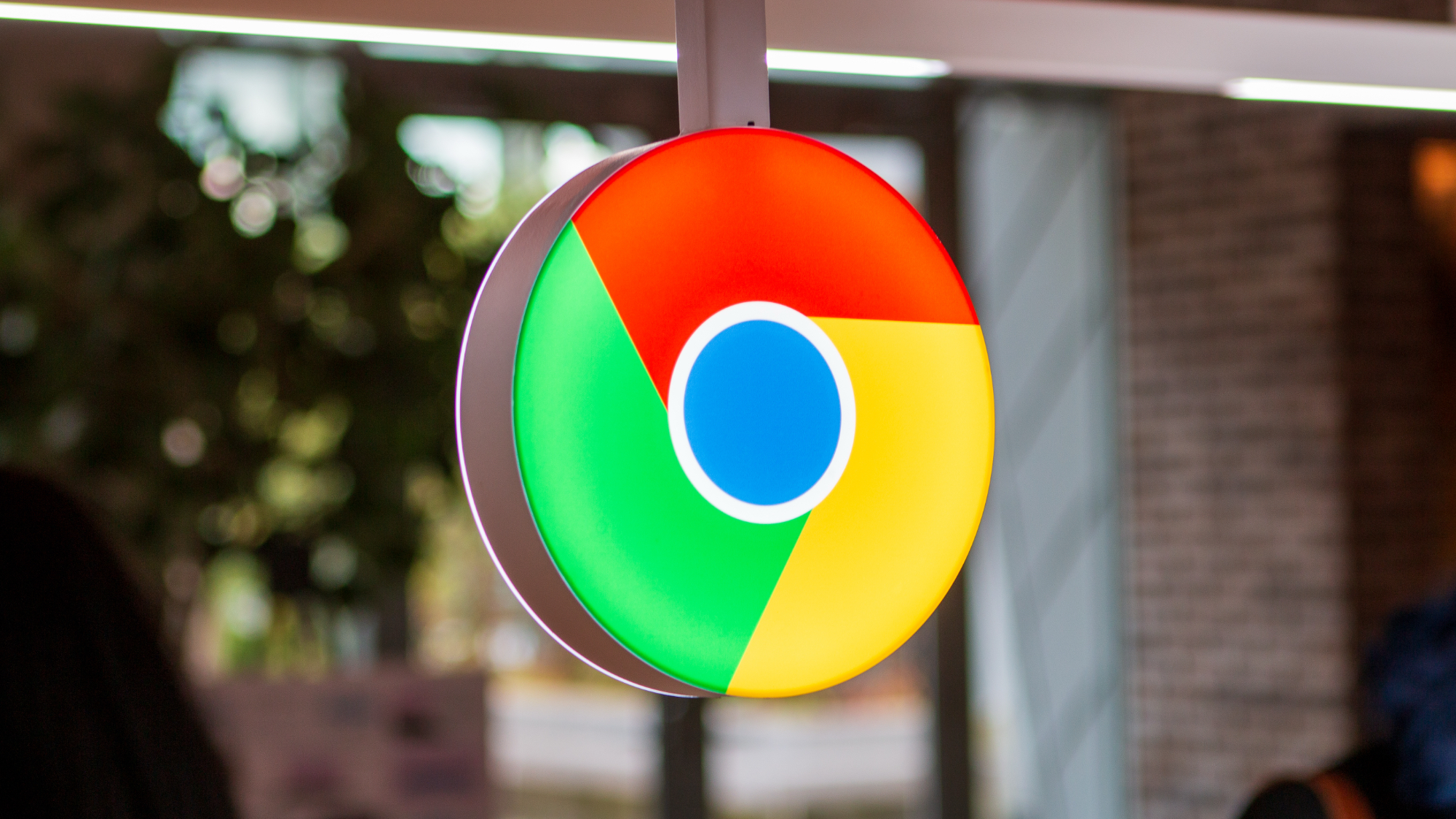OnePlus 13's display performance put to the test by DXOMARK
The post OnePlus 13's display performance put to the test by DXOMARK appeared first on Android Headlines.


The OnePlus 13 is the latest premium flagship phone from the Chinese company. In recent years, top-of-the-line OnePlus devices have offered an impressive set of specifications at a fair price point, and this model is no exception. The OnePlus 13 went through DXOMARK’s test table, and the platform has shared its review of the display performance.
OnePlus 13’s display scores 143 points in DXOMARK tests
DXOMARK gives the OnePlus 13 an overall score of 143 for display performance. This puts it in 39th place in the global ranking of phones evaluated by the company. The device is built around a large 6.82-inch AMOLED panel with a resolution of 1440 x 3168 px and a refresh rate of 120 Hz. It supports standards such as Dolby Vision, HDR10+, and HDR Vivid.
The review positively highlights aspects such as readability and touch response. For reference, the phone is capable of reaching 1600 nits of HBM peak brightness—up to 4500 nits of peak brightness under certain conditions. This should be enough to keep images visible even in bright sunlight. OnePlus didn’t reveal the phone’s touch sampling rate figures, but its predecessor, the OnePlus 12, boasted up to 1000Hz, so you can expect something similar—or perhaps better—on the new model. This translates to an instant response from the screen to your touches. The firm promotes the OnePlus 13 as an ideal product for mobile gaming, so this section is key.
Automatic brightness adjustment on point; good visibility outdoors
The automatic brightness adjustment worked quite well both outdoors and indoors. The device does its best to automatically offer brightness levels appropriate to each lighting situation. However, the OnePlus 13 displays unnatural color reproduction with HBM brightness enabled outdoors in sunlight, according to the review. This may be due to the company’s “RadiantView” tech designed to improve visibility outdoors under demanding conditions. Relatively strong reflections affect image quality by adding a color cast, though.
Eye-care tech worked especially well; not the best HDR and SDR playback in low light
The OnePlus 3 integrates DC dimming-driven Eye Care display technology. DXOMARK tests reflected this in the absence of flicker, making its use significantly more comfortable for extended periods. This technology will be especially helpful for people who are very sensitive to screen flickering.
There’s a “Faithful mode” among the screen color settings. Enabling it displays accurate color reproduction, says the review. However, a color-shifting effect occurs as soon as you rotate the screen a little—25° angle.
DXOMARK says the OnePlus 13’s display weakness is HDR and SDR video rendering in low light. The team found “poor brightness, contrast, and color results” under these conditions. However, in bright indoor environments, the display’s performance was significantly better.
Overall, the OnePlus 13’s display experience is pretty good, though not the best. Still, it’s not the most expensive phone in the premium flagship segment either.

The post OnePlus 13's display performance put to the test by DXOMARK appeared first on Android Headlines.





















